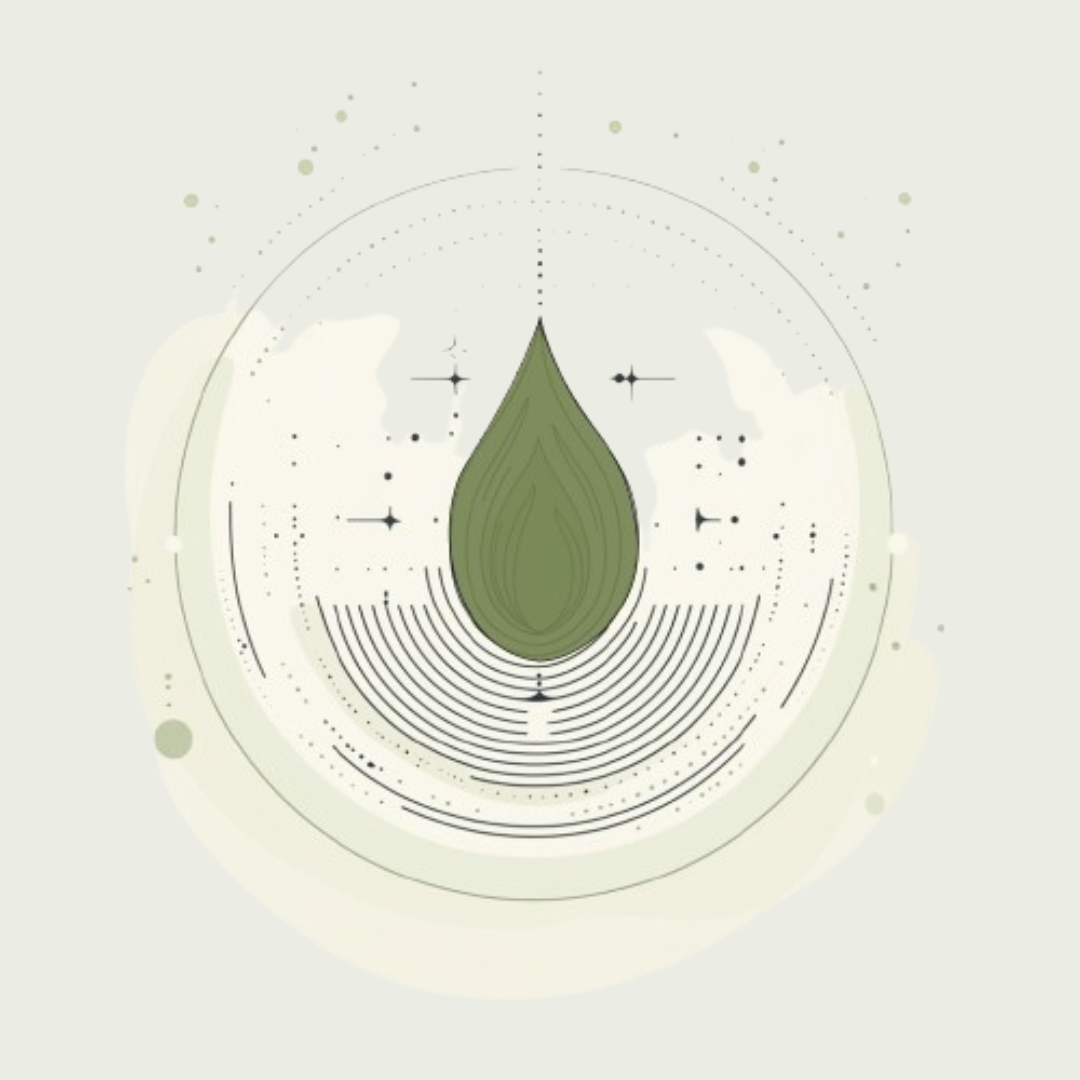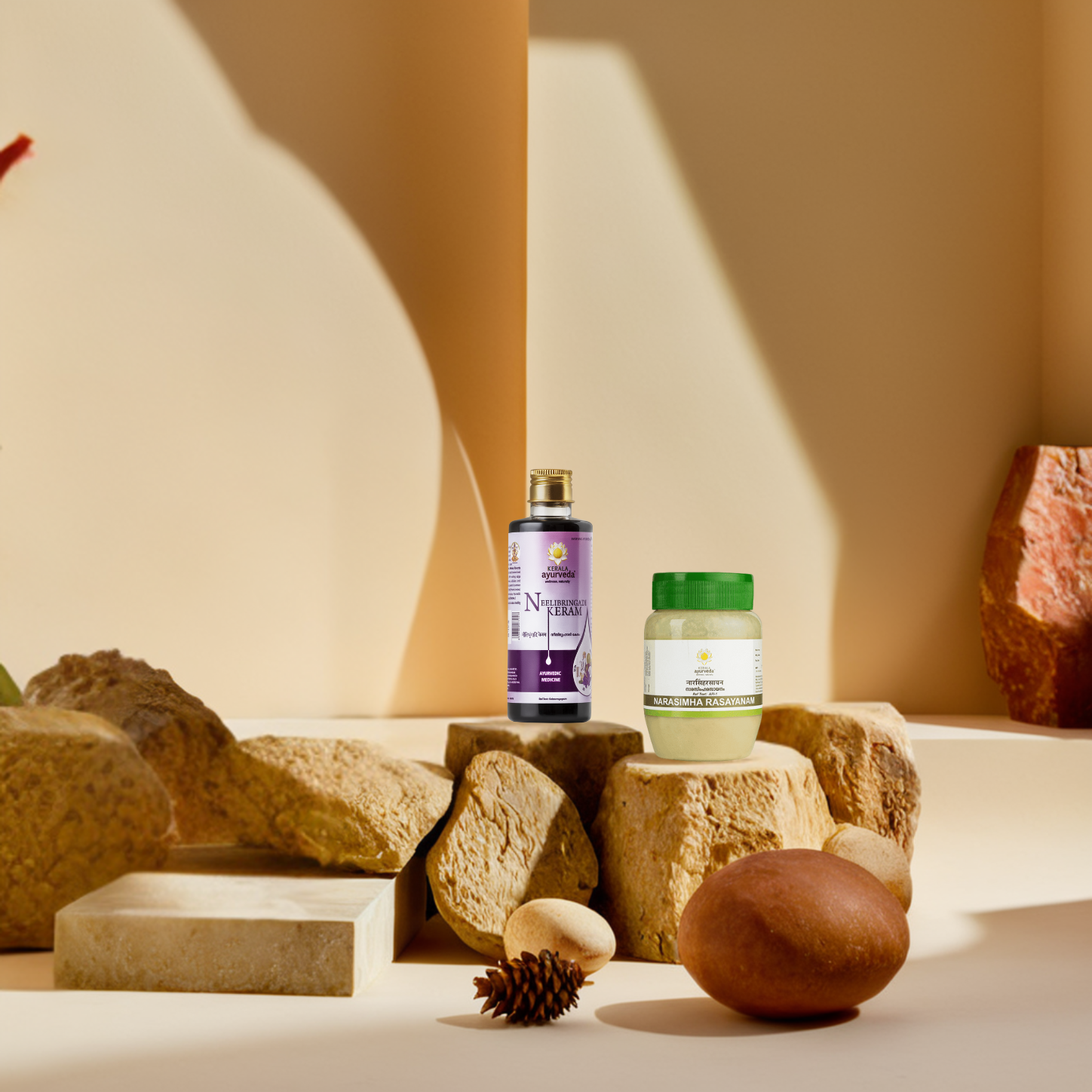Highlights
Diabetes & Blood Sugar?
Diabetes is a common health concern that affects nearly 442 million people globally.
It's a condition where the body's blood sugar levels spike up. This often happens due inadequate insulin production. Even though the concern is significant, there is no absolute cure for diabetes. Hence, treatment includes preventive measures and medication.
If you are wondering how to control blood sugar, this blog discusses diabetes with Ayurvedic tips to manage it.
Ayurveda for High Blood Sugar/Diabetes
Ayurveda classifies diabetes into 20 forms. These forms crop up due to varying configurations of different doshas in the body.
Out of these 20, four conditions relate to vata-dosha, six relate to the pitta-dosha, and ten relate to kapha-dosha.
Ayurveda also refers to type-2 diabetes as madhumeh. It's a combination of two words:
- Madhu: Sweet(ness)
- Meh: Urinary wastes
Further, let's look at the common causes of diabetes according to Ayurveda.
Potential Causes of Diabetes According to Ayurveda
Often, people are unaware of what causes diabetes. Ayurveda lists lifestyle factors that may contribute to it. Here are some common diabetes triggers.
- Lack of activity.
- Poor sleeping pattern and quality.
- Too much yoghurt consumption.
- Consuming specific animal meat soup (domestic or marine in most cases).
- Following kapha inducing routines.
- Hereditary.
Additionally, Ayurveda quotes that diabetes can develop in one of the following two ways:
1. Dhatukshaya is a form of juvenile diabetes. It's a result of tissue (dhatu) exhaustion in the body.
Optimum ojas levels are crucial for digestion and tissue health. In addition, Ojas keeps a check on the emotional and physical well being by energising the body. When the essenceof life runs out through urinary excretion, the condition is diabetes mellitus, a.k.a. Ojo Meha (ojas meha).
2. Avarana refers to the blockage of pathways in the body. This blockage is a result of high kapha levels or tissues such as fat or muscle. This may also lead to maturity-onset diabetes.
Common Symptoms of Diabetes
Before going for a diabetes diagnosis, one can lookout for the following symptoms:
- Polyuria (excessive urination)
- Urinary sweetness
- Polydipsia (excess thirst)
- Diarrhoea
- Headache
- Burning sensation
- General debility
- Indigestion
- Necrosis
- Carbuncles
- Inflammatory lesions
- Muscle wasting
- Excessive sleep
- Sluggishness
Dhatus (tissues) that Diabetes Affects
Diabetes can affect the following tissues (dhatus) in the following ways:
- Rasa/plasma: Results in hyperglycemia
- Rakta/blood: Poor quality of blood cells with high viscosity and fragility.
- Mamsa/muscles: Muscle wasting.
- Medhas/fat: Adipose tissue hypertrophy.
- Asthi/bone: De-mineralisation of bone tissues, low bone density.
- Majja/nervous tissue: Brain tissue degeneration.
- Shukra/reproductive tissue: Loss of libido, chances of transmission to upcoming generations.
- Sira/arteries: Atherosclerosis.
- Tvak/skin: Conditions including necrosis, ulcers, and carbuncles.
- Snayu/nerves: Neuropathies.
Ayurveda Remedies for Diabetes: How to Reduce Blood Sugar Level?
Many people dealing with diabetes may want to find out "how to control diabetes without medicine."
As surprising as it may sound, it's not impossible. Ayurveda suggests the following natural ways to control diabetes.
1. For Managing Juvenile Diabetes Mellitus
Insulin is crucial for treating juvenile type diabetes. However, it may not solve all the challenges. The individual may still keep feeling weak and vulnerable to infection. To avoid such conditions, a mix of insulin and Ayurvedic treatments may work.
Bhumyamalaki and Guduchi are two herbs that aid this treatment. Additionally, a diet consisting of astringent and bitter foods is important.
In cases of dhatu (tissue) exhaustion, nourishing foods in small quantities are suitable. And in autoimmune conditions, Ama (stomach’s digestion fire) will need prior attention.
2. For Managing Maturity Onset Diabetes Mellitus
To treat this type of diabetes, it’s crucial to identify the stage of diagnosis.
Depending on the stage, the following practices can be helpful:
- Dietary restrictions
- Nutritional recommendations from the doctor or nutritionist
- Specific Ayurvedic and herbal recipes may help
- Regular practice of the following yoga asanas may help:
- Mountain pose. - Downward facing dog pose. - Child pose. - Bridge pose. - Plank pose. - Tree pose. - Corpse pose.
Additionally, if you are physically fit, panchakarma treatment will be a good idea. In case, someone lacks physical fitness, basti treatment (enema treatment) will be advisable.
3. Food, Exercise, Sleep
Lack of sleep, proper food and activity can all lead to diabetes. One of the best ways to control diabetes is to adopt a healthy lifestyle.
The goal should be to have a healthy sleep cycle, indulge in exercise and yoga regularly, and check your diet.
Regardless of the diabetes type, it's crucial to follow a diet to lower blood sugar. This diet can include the following foods
- Non-starchy vegetables.
- Fruits - oranges, melons, apples, bananas, grapes.
- Grains
- Protein-rich foods.
- Low-fat or no-fat dairy.
4. Glymin Plus Tablet
There are many ayurvedic herbs to control blood sugar, like
- Nishamalaki (Curcuma longa & Emblica officinalis)
- Guduchi (Tinospora cordifolia)
- Meshashringi (Gymnema sylvestre)
- Asana (Pterocarpus marsupium)
- Jamun (Syzygium cumini)
Salacia along with Shilajit
Kerala Ayurveda Store offers Glymin Plus tablets, with the power of these herbs. These tablets can help maintain optimal blood sugar levels.
5. Triphala Tablet
Kerala Ayurveda Triphala tablet is the natural solution and ayurvedic medicine for constipation and other gut issues. But apart from these benefits, Triphala tablets also help balance blood sugar levels.
Wrapping up
To manage diabetes, it's essential to follow a healthy lifestyle. In this blog, we discussed diabetes, its reasons and tips that can help manage it.
Hopefully, this was helpful.




